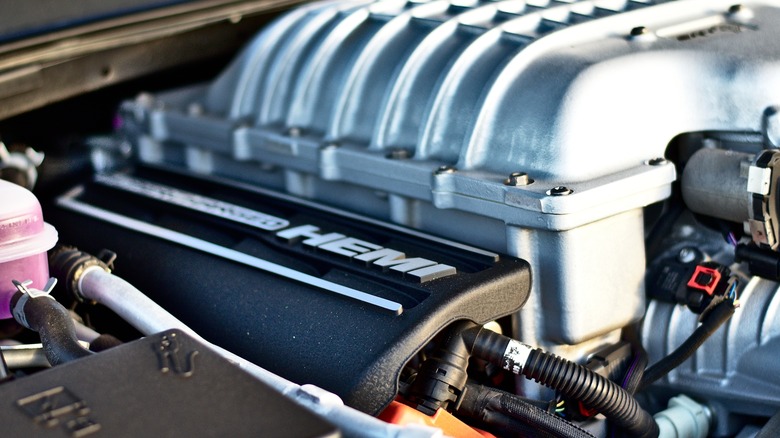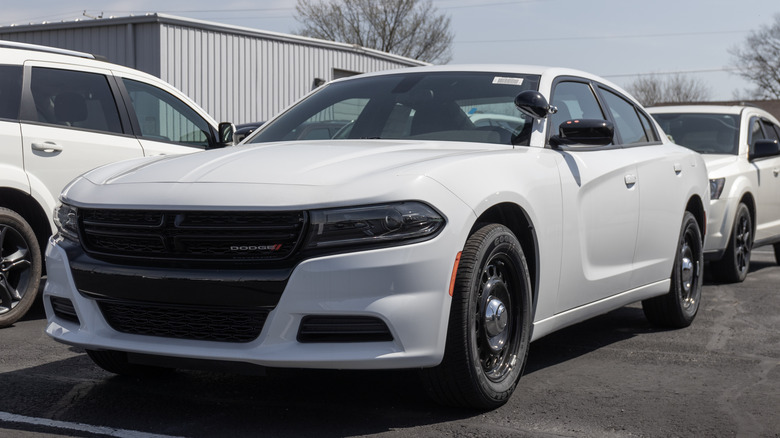How Many Years Have Gen 3 Hemi Engines Been Produced & What Makes Them So Special?
The third-generation Hemi engines have been in production since 2003, and ever since their arrival they have been in demand. The 5.7L is what you'll commonly see in vehicles, but 6.1L, 6.2L, and 6.4L engines are also available as part of the line. There's even a supercharged Hellephant that can produce over 1,100 hp. That type of power is overkill for many people, but it could help explain why this generation of Hemi engines has been going on for more than two decades while the previous two lasted for seven years each. The second-gen Hemis stopped production in 1971, so there was about a 30-year gap between generations, but that meant the current third-gen engines were able to make many leaps over their already special predecessors.
Advancements in the cylinder heads are singled out as one of the biggest upgrades over generations. The Gen 3 Hemi cylinder heads come with a twin-plug design that gives the engine improved efficiency. The twin-plug chamber created less travel time and resulted in more consistent combustion, factors that led into having an increased performance. Over the years, the Gen 3 Hemi received minor upgrades of its own that improved upon the build. In 2009, the 5.7L engine saw a revision that brought upgrades to the crankshaft, better cylinder heads, and a new engine block. Eventually, this gave way to the aforementioned 6.1L and up engines too.
What makes a Gen 3 Hemi so special?
There are plenty of engines available for swaps, LS swaps being a popular choice, and Hemis are no different in that regard. Part of what makes the Gen 3s so popular is their easy availability. With cars still being built with them today, you won't have the problem of having to track down something that's long out of production, and you shouldn't be forced into picking one up with a lot of mileage. With the quick-burning chambers and increased airflow, the Hemi engine opens itself up to a lot of performance gains over the stock settings. Even at stock settings, this is still a powerful engine.
As it stands now, LS swaps are more popular since they can fit into older vehicles better than a Gen 3 Hemi. The biggest issue for the Hemis is the sheer size. LS engines are much smaller, and as a result, have more versatility since they can fit into more vehicles. Although Hemi swaps might never become as popular, steps like making Gen 3 Hemi adapters for older vehicles can help make it so LS swaps don't continue to dominate auto shows. Both are reliable engines that'll last a long time if you take care of them, but they have common problems that owners run into like stalling and ticking sounds. They don't come cheap either as you can expect to spend close to $20,000 to pick one up.

